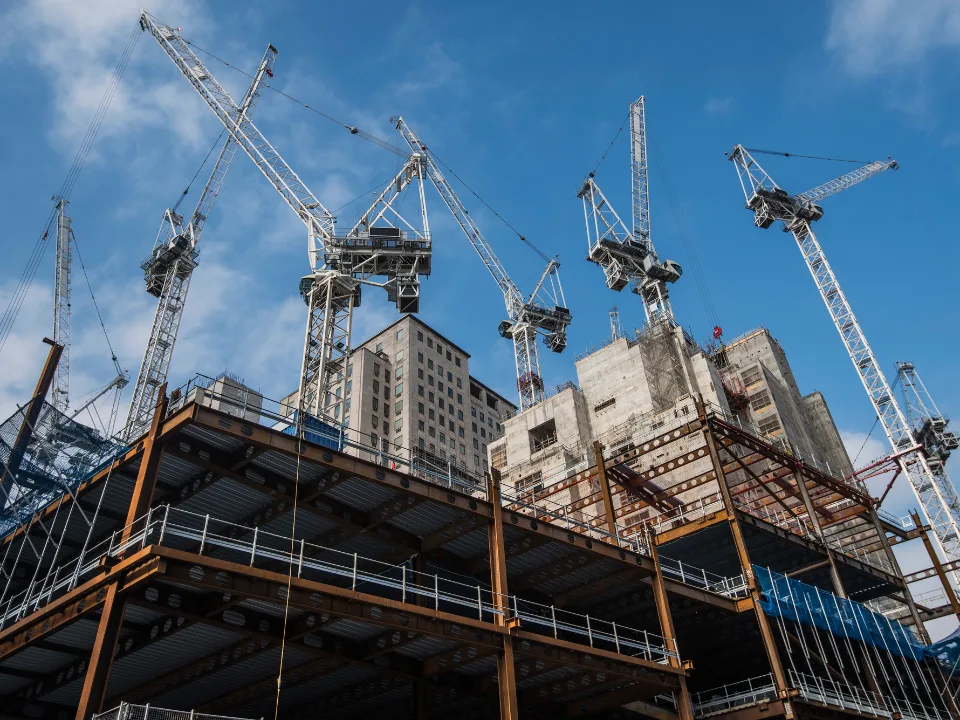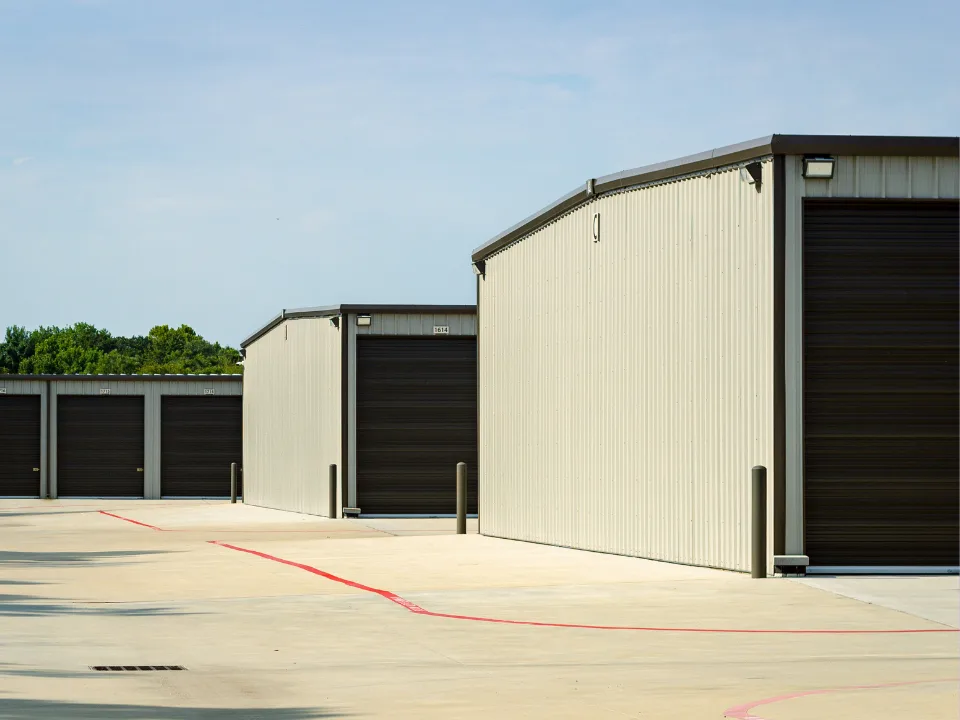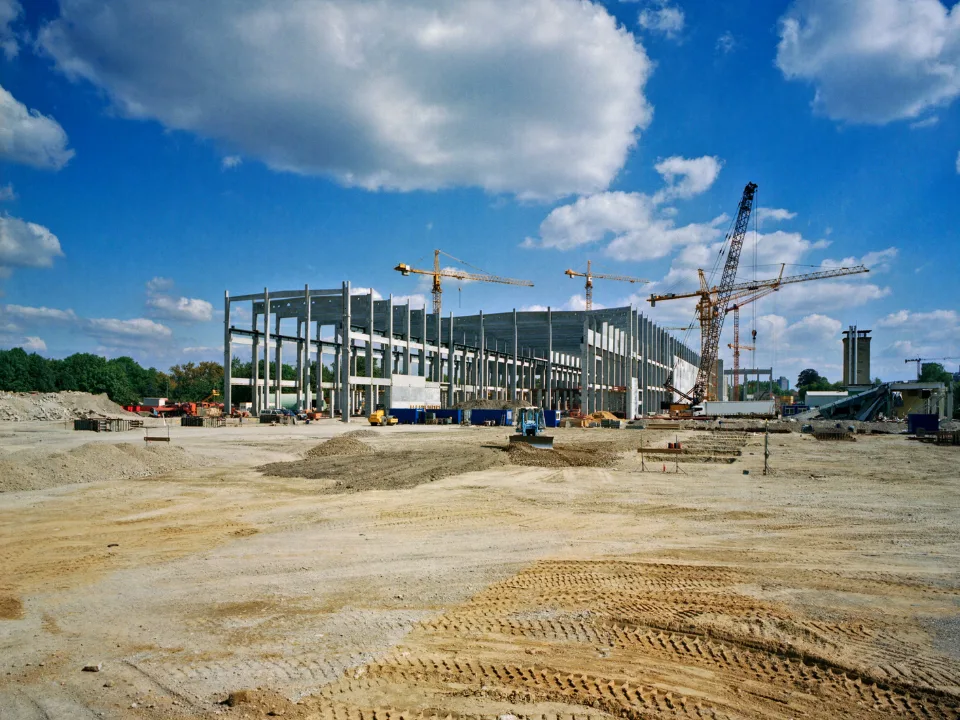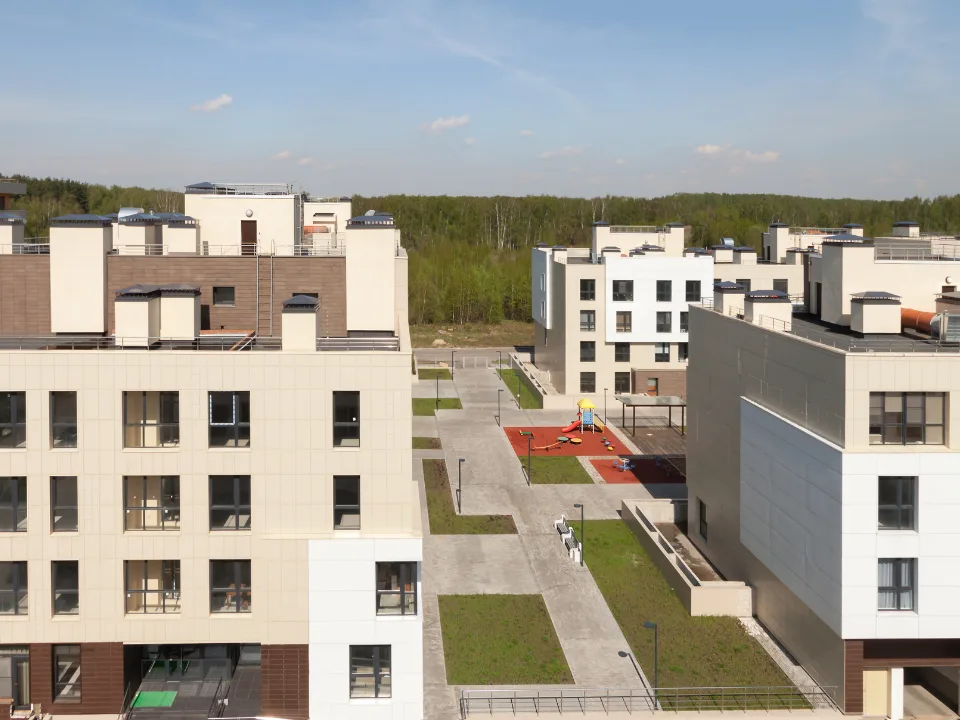- Housing affordability has worsened sharply, with mortgage rates now more than double their 2019 levels.
- The median US. renter is now 42 years old, up from 36 in 2000, signaling delayed or foregone homeownership.
- The average household would need an $18K raise over 2019 wages to afford a median-priced home, keeping more people in rental housing.
- Homeownership, once cheaper than renting, now typically costs more on a monthly basis—even with a 10% down payment.
The Post-Pandemic Reality: Renters Are Staying Put
Homeownership is slipping further out of reach for the average American, according to Zillow Senior Economist Orphe Divounguy. Speaking at the National Association of Real Estate Editors’ conference in New Orleans, Divounguy highlighted that the affordability crisis—compounded by soaring mortgage rates and stagnant wage growth—has created a structural shift in the US. housing market.
As of mid-2025, mortgage rates sit at levels 109% higher than in 2019, contributing to an environment where owning a home is no longer cheaper than renting. “It’s not the $10 frappuccino,” Divounguy quipped, addressing outdated narratives about millennial spending habits. He estimates it would take 240 years of skipping daily coffee to save enough for a down payment in San Francisco, per Bisnow.
The Numbers Behind the Crunch
Nationally, the average down payment to purchase a home is about $70,000, though that number balloons in high-cost markets. In San Francisco, a median-income household would need to put down approximately $875,000 to keep housing costs below 30% of income—the standard threshold for affordability.
Even outside ultra-expensive metros, affordability is tight. The typical US. household would need an $18,000 raise compared to 2019 income levels to afford a median-priced home today.
Get Smarter about what matters in CRE
Stay ahead of trends in commercial real estate with CRE Daily – the free newsletter delivering everything you need to start your day in just 5-minutes
Renting by Necessity, Not Choice
Zillow data shows the median age of renters has risen to 42, as younger adults and families delay purchasing homes due to cost constraints. “Renters are starting families and staying renters,” Divounguy noted. “That’s a symptom of the affordability challenges we’re facing.”
According to a Zillow survey, 95% of renters cited staying within budget as their top financial priority—a reflection of just how unaffordable buying has become.
Will Relief Come?
Although rent has historically followed home price trends, the market may be approaching a turning point. Builders have been more active over the past two years, and increased for-sale inventory may start to ease pricing pressures. Zillow now expects home values to decline 1.6% by year-end—the first annual drop in over a decade.
Still, any decline in rents or prices is likely to be modest. Multifamily development has slowed, limiting how much new rental supply will enter the market.
“The increase in housing inventory gives renters more bargaining power,” Divounguy said, “and that’s why we think there will be some downward pressure on rents.”
Why It Matters
America’s housing affordability crisis isn’t just pricing people out of ownership—it’s reshaping life milestones, extending renting into later adulthood, and shifting demand across the housing spectrum. Whether recent inventory gains can ease the crunch remains to be seen.
















